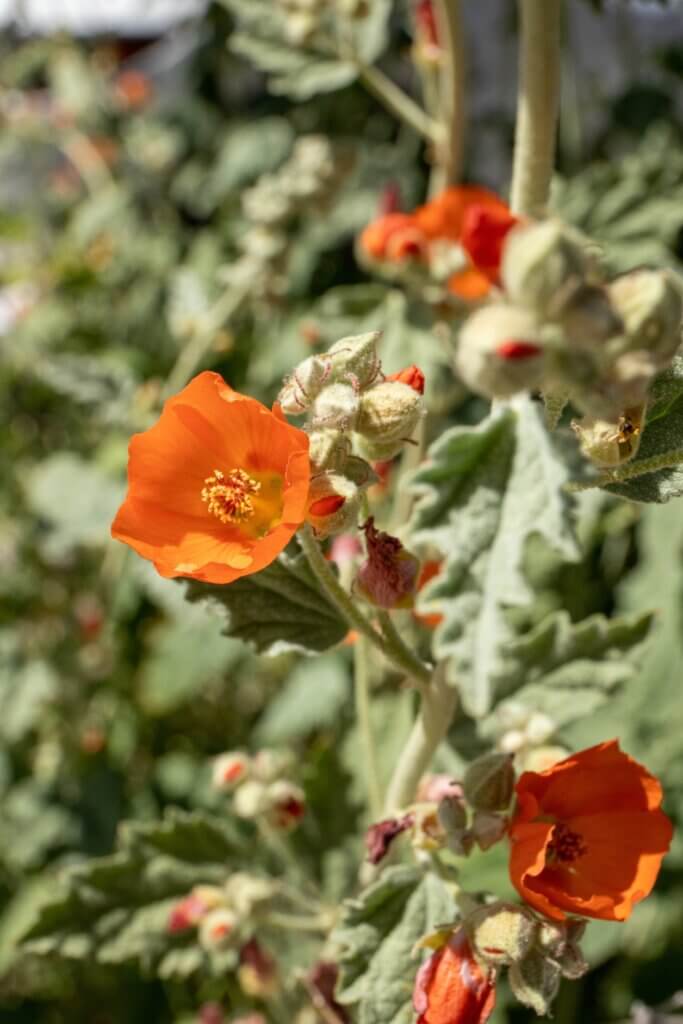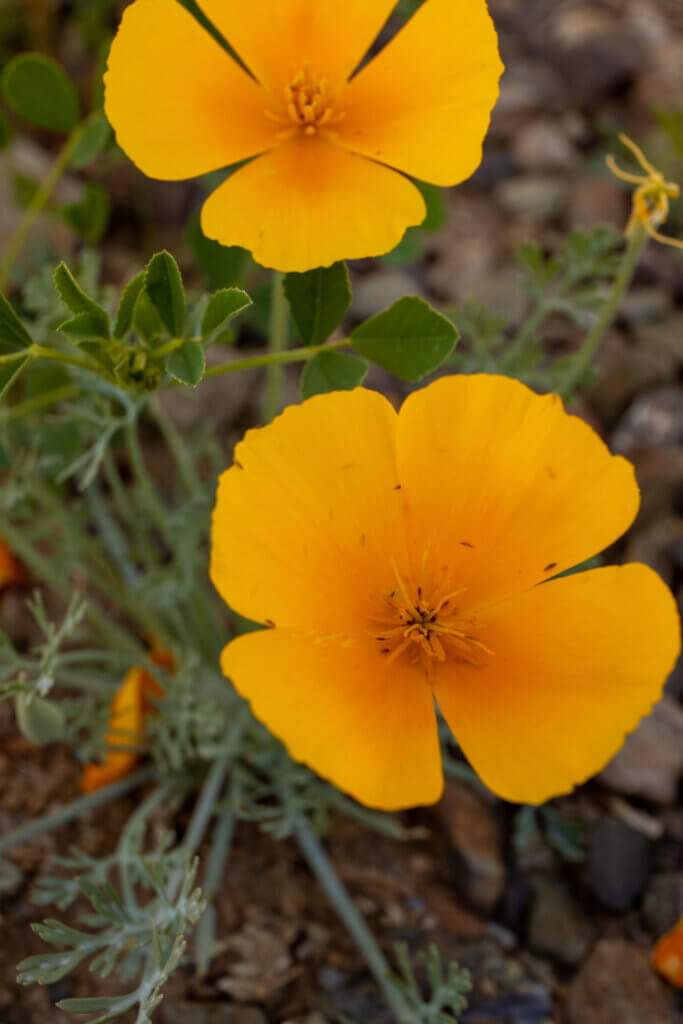The Ultimate Guide to a Low-Maitenance Wildflower Garden

Wildflowers provide food for bees, butterflies, hummingbirds, and other pollinators. They are important for pollinating other plants and crops in your garden, including native plants, vegetables, and fruits.
Creating a low-maintenance wildflower garden not only benefits the environment but also saves you time and effort. Follow these simple steps to help you achieve a thriving and hassle-free wildflower garden.
Step 1: Plan the Time of Planting
When it comes to gardening, there is nothing more crucial than the timing of planting. The timing of planting your seeds can significantly impact the success and growth of your plants. For example, planting seeds during the months of October-December sets the stage for vibrant spring blooms.
Step 2: Choose the Seeds
Your best option is to choose native wildflower seeds and here’s why:
Native wildflowers will require the smallest amount of care and attention. Since wildflowers grow naturally in their native region, they have adapted to the climate of the environment they reside in.

In the Sonoran Desert, many plants can’t tolerate the scorching heat, harsh monsoon storms, and constant sun rays. However, native plants have adapted to these severe conditions. Native wildflowers don’t need extra shade, water, and attention like other flowering plants may need.
Here are easy-to-grow, flowering desert plants native to Arizona that you can plant in your wildflower garden:
- Globemallow
- Desert marigold
- Parry’s penstemon
- Mexican gold poppy
- Desert bluebells
- Arroyo lupine
For more ideas, read our blog post about eight plants that are perfect for your pollinator garden. The native wildflowers listed in the post would also be great additions to your garden.
If you are planting a wildflower garden in a region other than the Arizona desert, use this native wildflower guide. Referring to the guide will help you discover wildflowers that flourish in your area.
Step 3: Choose a Location
When choosing a location for wildflower seeds native to the Sonoran Desert, you’ll want to choose a sunny spot. Native desert flowers are adapted to thriving in full sun.
Additionally, ensure the soil is well-drained to prevent waterlogging, as wildflowers prefer drier conditions.
Next, prepare the soil by removing any weeds or grass. This will prevent competition for nutrients and space, allowing your wildflowers to flourish.
You can use a garden fork or tiller to loosen the soil and remove any debris. If the soil is poor, consider adding organic matter such as compost or well-rotted manure to improve its fertility.

Step 5: Plant the Seeds
Spread the seeds evenly on the ground. You can mix your seeds with sand or straw before spreading. This will help you distribute the seeds more evenly as it will mark where you have spread the seeds.
Cover your seeds with just ½ inch of soil. Avoid burying them too deep, as wildflower seeds require sunlight to germinate. Afterward, you can cover the seed with yard waste to prevent birds from finding it. Yard waste such as leaves and grass clippings can be used for this purpose.
One of the key aspects of a low-maintenance wildflower garden is minimal fertilization. Wildflowers are adapted to thrive in nutrient-poor soils, so excessive fertilization can actually harm their growth. Instead, focus on improving the soil quality before planting and rely on natural processes to provide the necessary nutrients.
Step 6: Water the Seeds
Lightly water and keep the soil moist for the first few weeks after planting. Be sure that the water doesn’t pool. Wildflowers prefer drained soil.
Once the wildflowers are established, they are generally drought-tolerant and require minimal watering. However, during prolonged dry spells, it’s advisable to provide some supplemental watering to ensure their survival.
Step 7: Weed Control
To keep your wildflower garden low maintenance, it’s important to control weeds. Regularly inspect the area and remove any invasive plants that may compete with your wildflowers.
Step 8: Enjoy your Wildflower Garden
Lastly, embrace the natural beauty of your wildflower garden and resist the urge to overly tidy it up. Allow the wildflowers to self-seed and spread naturally, creating a beautiful display of flowering plants in the desert.
Letting wildflowers grow and spread provides a habitat for pollinators and insects. These creatures play a crucial role in maintaining a healthy ecosystem. So, sit back and enjoy the buzzing of bees and the fluttering of butterflies as they visit your wildflower garden.
Keep in mind that wildflowers, especially annuals, are not guaranteed to bloom. Even when the ideal conditions are created, the seed decides when it’s ready–sometimes it takes years! Perennials (like globemallow) are less fussy.
A wildflower garden brings a sense of tranquility and peace to your yard. The vibrant colors and delicate petals can be a source of relaxation and stress relief. Take some time each day to sit in your garden, breathe in the fresh air, and appreciate the beauty of nature.
